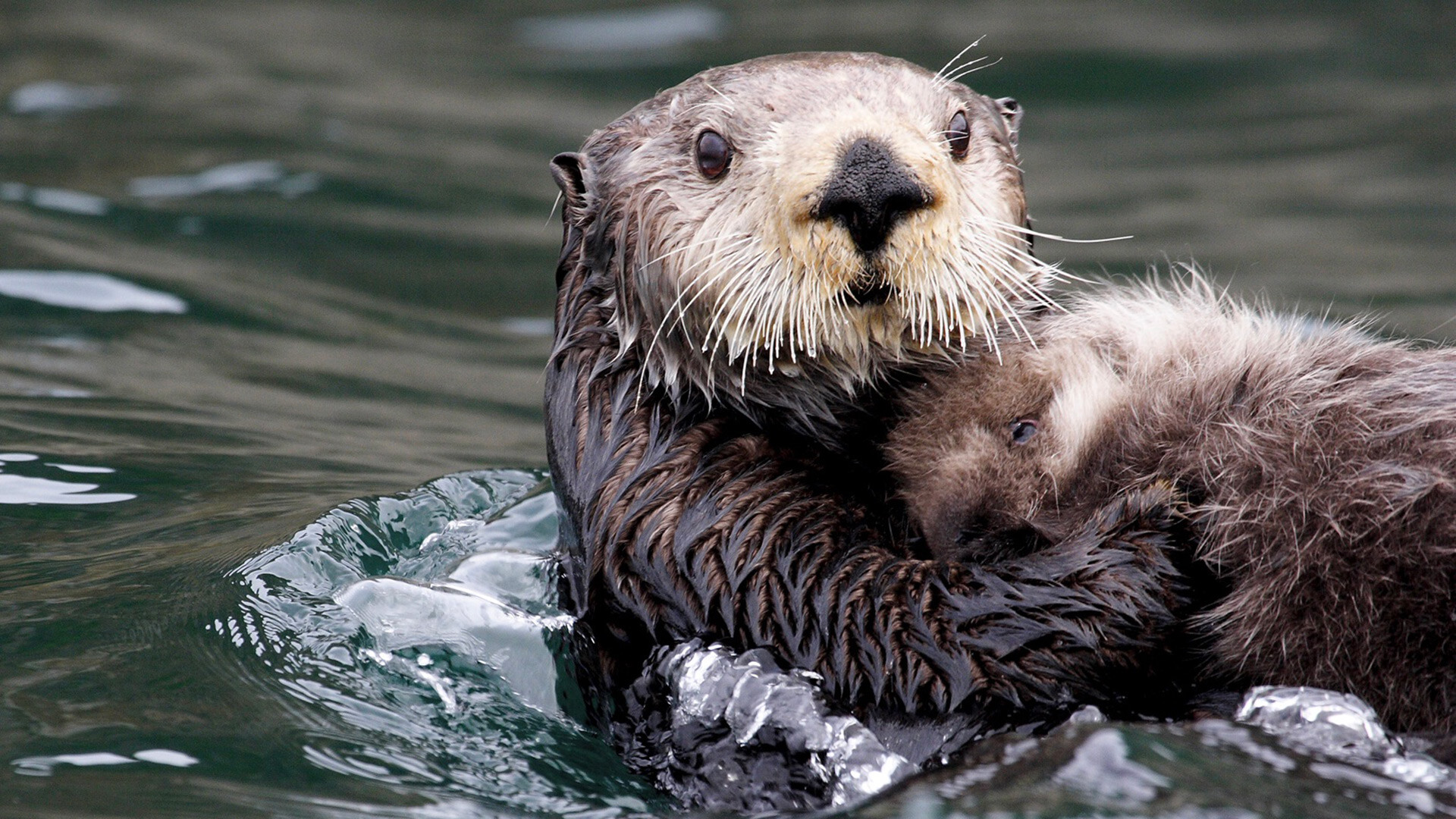
The Commander Islands are home to some amazing animals - sea otters or Enhydra lutris. Up to one and a half meters long, they spend almost their entire life in the cold water of the Pacific Ocean: they eat, using their bellies as a table, sleep, even give birth in it.
They don't like solitude, so they huddle together in groups, because it's also safer that way. And, in order not to lose each other, they hold on to each other’s paws. A mother can even “bind” her pup with the help of seaweed.
It's one of the rare species of creatures on our planet that can use tools. In addition to seaweed, for example, they use stones as a hammer, using it to break open oysters for lunch.
The ‘kalan’ has almost no subcutaneous fat, it is warmed only by its thick fur: more than 40,000 hairs per square centimeter.
In the past centuries, its fur was hunted, which led to almost complete extermination.
Hunting was banned only in the early 20th century, but, today, in addition to poachers, their numbers are also affected by the environmental situation in the ocean.
By the way, in the old days, the ‘kalan’ was called the ‘Kamchatka beaver’, which is incorrect. They are predators, belonging to the family of carnivorous mammals (mustelidae), like sables and otters.
Dear readers,
Our website and social media accounts are under threat of being restricted or banned, due to the current circumstances. So, to keep up with our latest content, simply do the following:
If using any of Russia Beyond's content, partly or in full, always provide an active hyperlink to the original material.
Subscribe
to our newsletter!
Get the week's best stories straight to your inbox